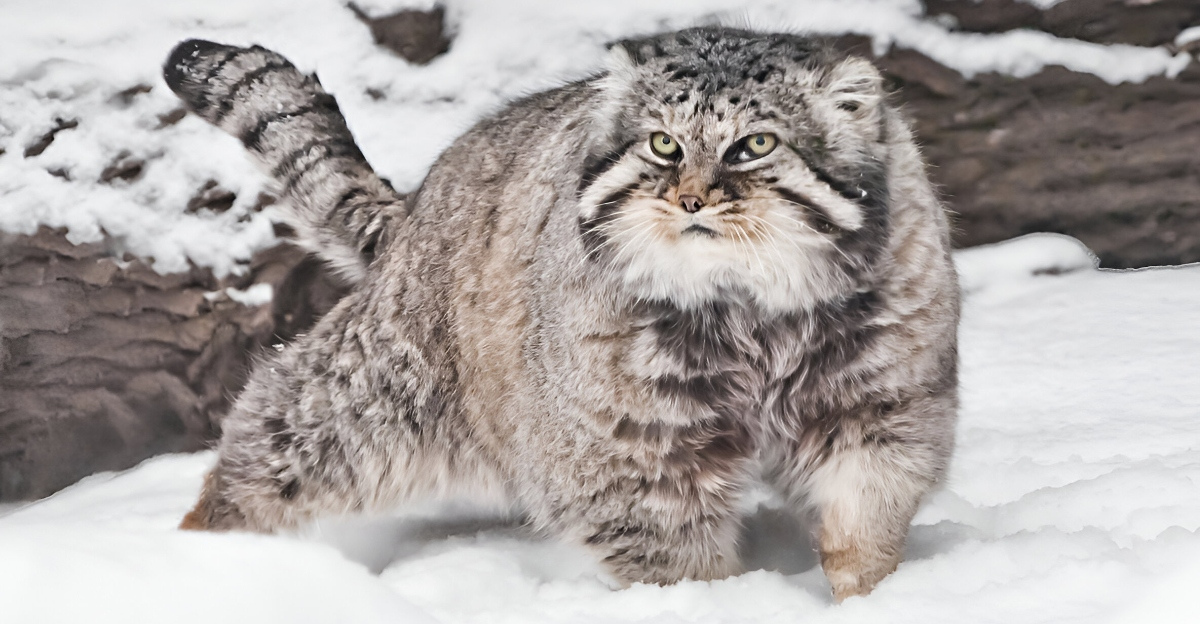
What do you see when you envision wild cats? Well, most people imagine green jungles and grassy savannas. But some of the most resilient cat survivors can be found where survival is impossible: scorching and freezing deserts, mountain ranges that graze the horizon, and devouring swamps that suffocate the unsuspecting.
These cats are not merely surviving—they are redefining the book on what it means to be a resilient predator. Their experiences test our assumptions about fragility in the natural world and show us how resilience is built by evolution. As climate change rewrote the Earth’s rules, these feral cats became living proof of adaptation’s power and limitations.
1. Sand Cat
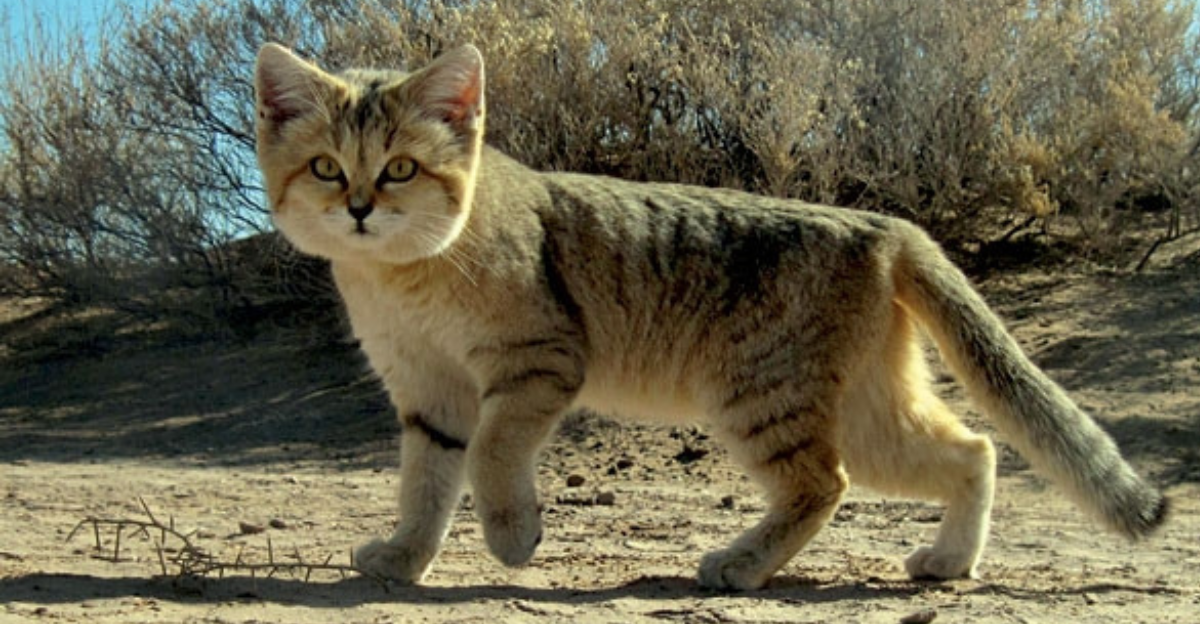
The Sand Cat (Felis margarita) is an Arabian and Saharan desert king whose day temperature is above 40°C and night temperature is below -25°C. Sand cats are among a limited number of felines with thick paw fur, which keeps them safe from sand as hot as 80°C. Sand cats do not drink water, and they get moisture from prey; they spend days in a burrow to keep away from the heat.
Their trails are nearly imperceptible, and scientists and hunters are stumped by them. The fact that the desert cat can survive in this environment is a credit to desert hardiness and a marvel of evolutionary engineering
2. Snow Leopard
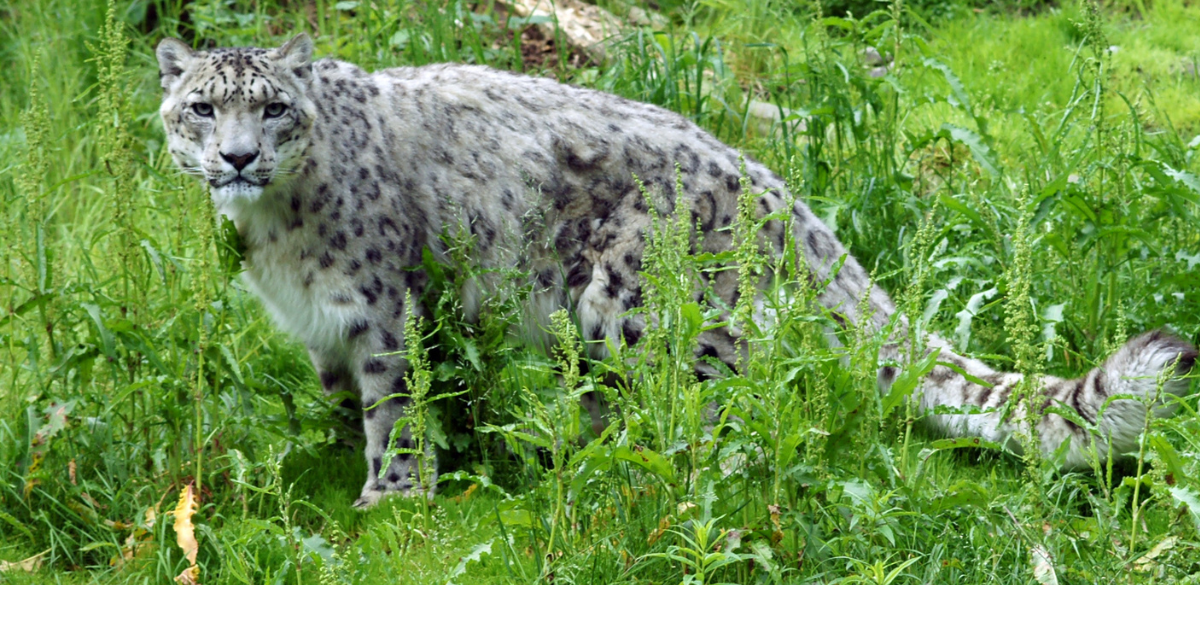
Snow leopards roam the frozen, icy highlands of Central Asia, their thin atmosphere and sub-40 °C temperature offering them homes at heights of as much as 5,500 meters. Dense, smoky coats and long tails trap warmth and keep them insulated, their huge, padded paws acting as snowshoes. Snow leopards bound up to 10 meters to leap upon unsuspecting prey on cliff faces.
Being the top predators of such barren habitats, they help maintain ecosystems in balance, even with a significantly reduced number, having only 4,000–6,000 among them remaining in the wild.
3. Bobcat
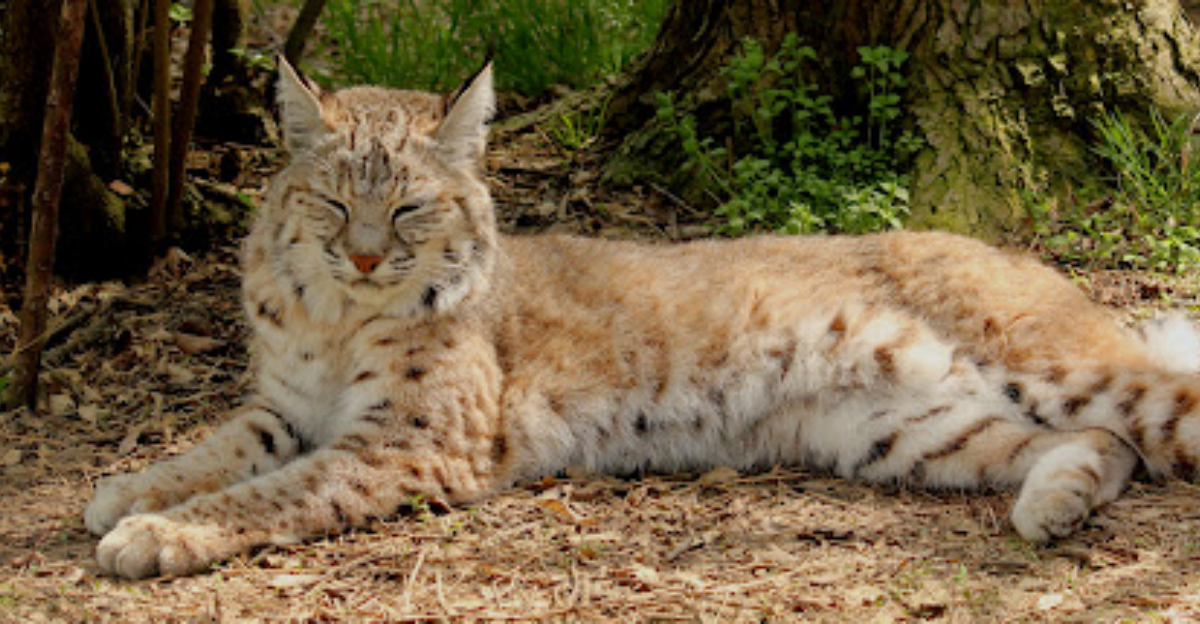
Bobcats (Lynx rufus) are North America’s most versatile wild cat, making their homes in deserts, forests, swamps, and even suburban backyards. Their dense coats protect them from cold and heat, and their keen senses and powerful legs allow them to stalk everything from rabbits to deer. Bobcats can run at 30 mph and jump great distances, being apex predators in any ecosystem.
Their adaptability has made them the most common wild cat on the continent, evidence of their adaptability and survival abilities.
4. Jaguar
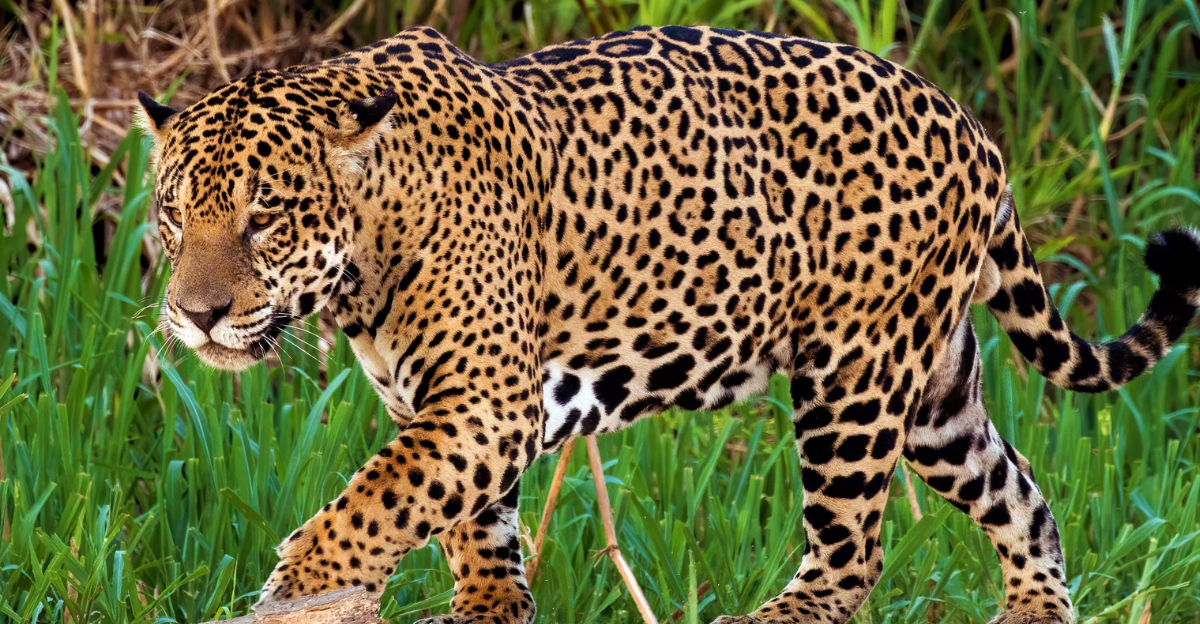
The jaguar (Panthera onca) is the top predator in Central and South America, inhabiting rainforests, flooded grasslands, and dry scrub. With the strongest bite of any big cat, jaguars can break open turtle shells and consume caimans. Jaguars are also good swimmers and feed regularly in rivers and lakes.
Jaguars’ capability to thrive in dense rainforests and open savannahs and their solitary, cryptic lifestyle have enabled them to survive even as their habitats contract because of deforestation and global warming.
5. Caracal
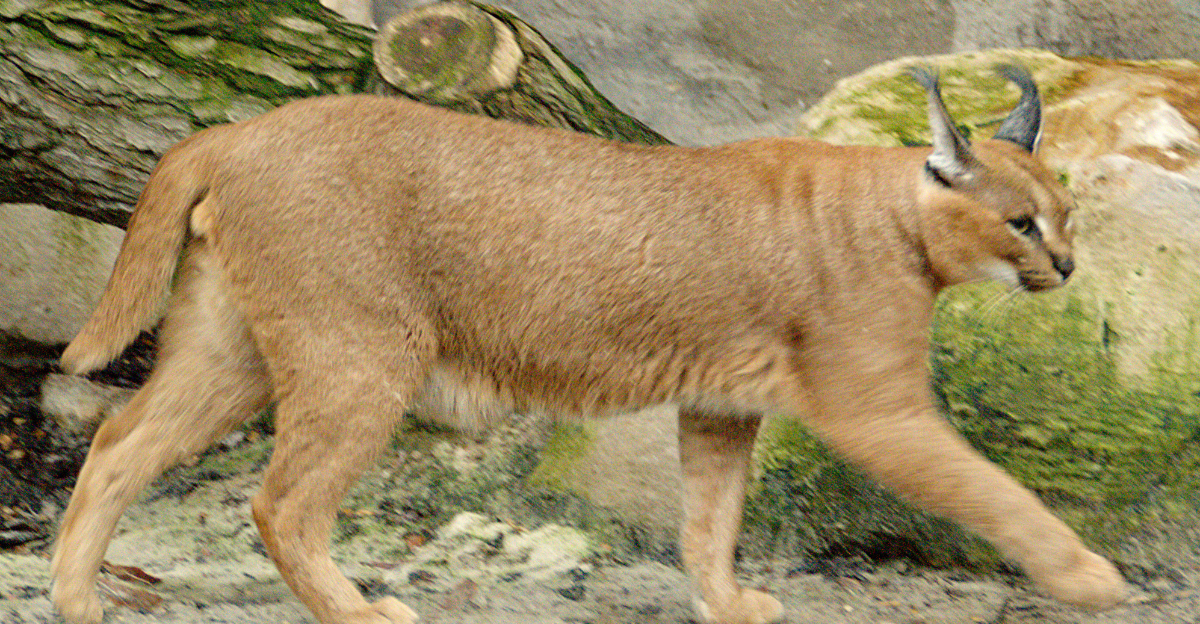
Caracals are found all over Africa, the Middle East, and Central Asia and live in semi-deserts, savannas, and scrublands. Caracals’ sandy-brown coats and tufted ears help them hide among vast, open habitats as camouflage and a means of communication. Caracals are renowned for their leaping skill, capable of launching themselves at birds airborne at distances of more than four meters high.
Caracals eat a mixture of rodents, reptiles, and small antelopes. Despite threats of habitat loss and man-caused conflict, caracals remain one of the most agile and hardy wild cats in extreme conditions.
6. Leopard
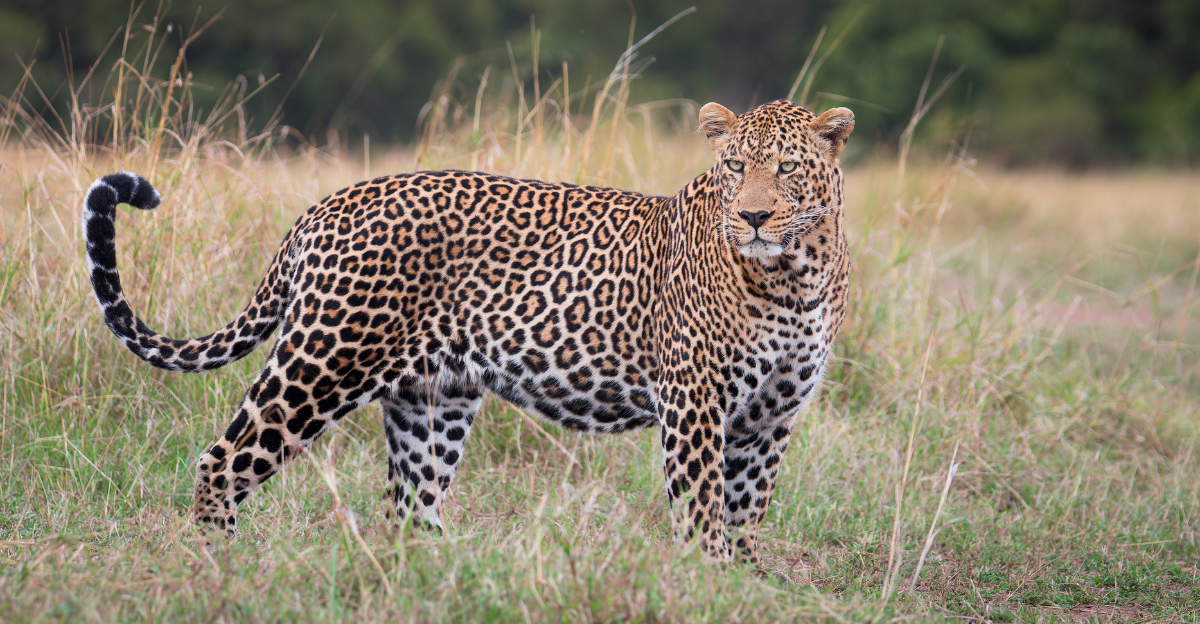
Leopards are probably the most flexible of all the wild cats, living in habitats spread from sub-Saharan Africa to Southeast Asia. Spotted coats provide them with ideal camouflage in forests, grasslands, and even rocky outcroppings. Leopards will take anything from mice to antelopes and have a reputation for dragging kills into trees to scare off scavengers.
Their success in adapting to a great variety of habitats, even around human habitation, makes them a survivor model for the changing world, even though they continue to face threats from poaching and habitat loss.
7. Cougar

Cougars, also known as mountain lions or pumas, possess the most fantastic range of all wild cats of the Americas, from the Yukon of Canada to the southern Andes. They are perhaps the most versatile, occurring in forests, deserts, and mountains. Cougars are solitary animals and use stealth and powerful bounds to stalk their prey.
Their resilience and flexibility have allowed them to survive where other magnificent predators have been lost, although they are constantly threatened by human conflict and habitat fragmentation.
8. Cheetah
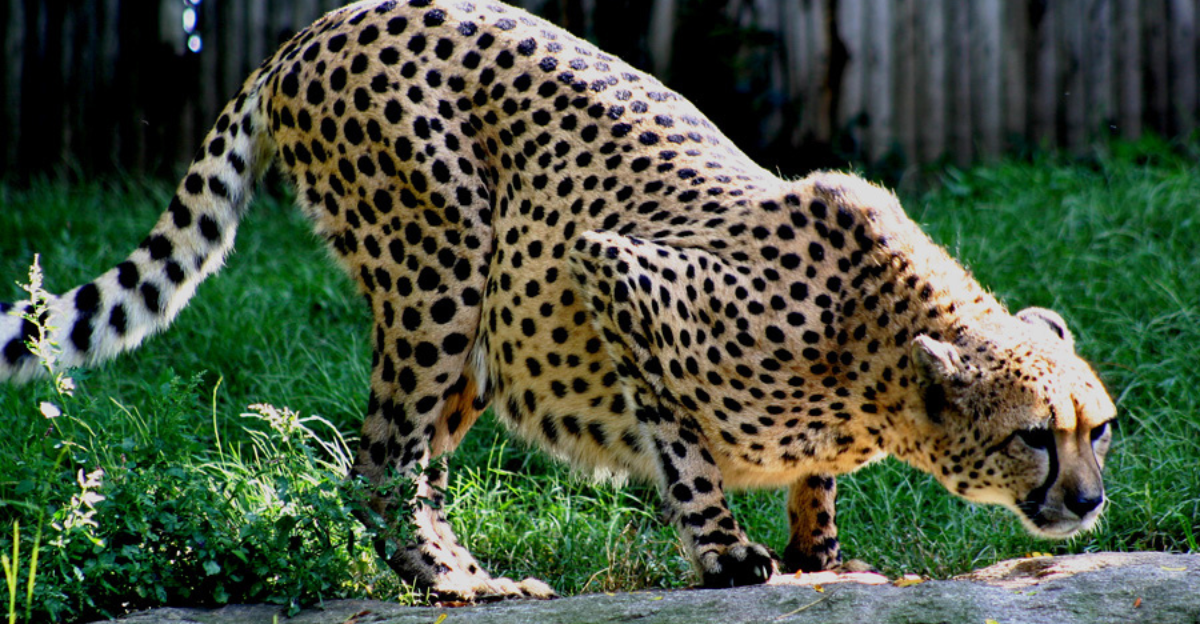
Cheetahs are built for speed, reaching 0 to 60 mph in just three seconds, making them the world’s fastest land animal. They inhabit the African savannas and semi-deserts, where open country allows them to chase antelopes and other swift prey. Unlike other big cats, cheetahs employ sight rather than smell when hunting and have evolved long bodies and big nostrils to inhale oxygen for streamlined breathing.
Their unique social societies, in which males form permanent alliances, help them prosper in competitive environments, even though they remain vulnerable to habitat loss and predation by large predators.
9. Pallas’s Cat

Pallas’s cat, or manul, endures the windswept steppes and stony mountain plateaus of Central Asia, where temperatures have dropped below -50°C in winter. With the thickest cat fur, Pallas’s cats are insulated and camouflaged to fit into spaces between rocks and snow. Their stocky bodies and low-hanging ears minimize heat loss and help them hide from predators.
These retiring cats are ambush hunters, preying on small mammals like pikas. Though having rough adaptations, Pallas’s cats are hunted and threatened by habitat loss; thus, their survival is an extraordinary accomplishment in one of the most hostile environments in the world.
Explore more of our trending stories and hit Follow to keep them coming to your feed!

Don’t miss out on more stories like this! Hit the Follow button at the top of this article to stay updated with the latest news. Share your thoughts in the comments—we’d love to hear from you!







